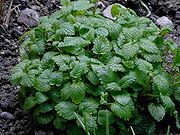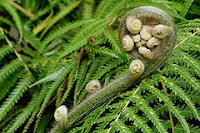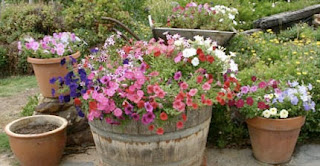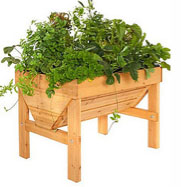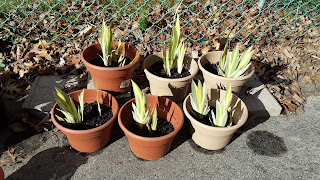General Tea Tips
Green tea is the freshest type of tea to buy and fights off many diseases like cancer and stroke. The black teas are processed but taste a little stronger than green, with a hearty flavor. All the teas contain antioxidants for good health and fight free radicals in our bodies. Tea is one of the most popular drinks in the world. The herbal teas don’t contain real tea but can be mixed with some for many added health and wellness advantages. Simply add a tea bag or tea infuser with loose dry leaves into a large jar, some fresh cut stems from your herb garden and steep outside in the sun for at least 6 hours. Strain and sweeten to taste. Add real lemon slices and ice for a refreshing summer tea.
Dry some bunches of lavender, chamomile, parsley, catnip, mint, lemon thyme, bee balm. These can be added to tea (camellia sinensis) for aiding digestion, help with colds and flu to boost immune systems, reduce fever and headaches, cleanse for a detox tea after the flu. Peppermint tea aids gas and digestion as well as sleep. Mix lemon and honey to chamomile tea for insomnia. Yarrow, lambs ear and parsley will help boost immune systems to fight off colds, flu, sore throats, infections, allergies and fever. They also have antiseptic and anti-inflammatory properties. Catnip tea aids in a calming effect to aid sleep.
Herbal, black and green teas all need to steep at least 5-8 minutes to release the oils for flavor. You may mix all kinds of cool teas for iced drinks or use in smoothies. The health benefits are endless. Use boiling water to steep 2 or 3 teaspoons of dry herbs with loose tea leaves in a tea ball or strain. Cover the pot to allow the tea to infuse. Strain and drink hot or cold. Cold tea should only be kept in the refrigerator for a day. Add honey, lemon or maple syrup or stevia to sweeten.
SUN TEA: For a basic herbal tea, place a couple of tea bags or loose tea in a large glass jar of water, add a cup of fresh mint leaves and cover with a lid. Place the jar out in direct sun for at least 5 or 6 hours to steep. Strain, sweeten to your own taste and add lemon slices and ice.
The benefits of tea are endless and are easy to add to a daily diet. The natural antioxidants fight high blood pressure, infections, strokes, intestinal cancer, wrinkles and aging, heart disease and controls cholesterol. It helps with tooth decay, pain and inflammation of joints and arthritis. The polyphenols in tea are what help our bodies in so many ways. Health and bulk stores sell many kinds of loose leaf teas and they all contain organic properties that we can use daily. Start out with 2 to 4 cups per day for a healthy drink. Lemon mint, Parsley, Thyme and Lavender are all very easy to grow in most any type of garden soil or in pots on a balcony or deck.


